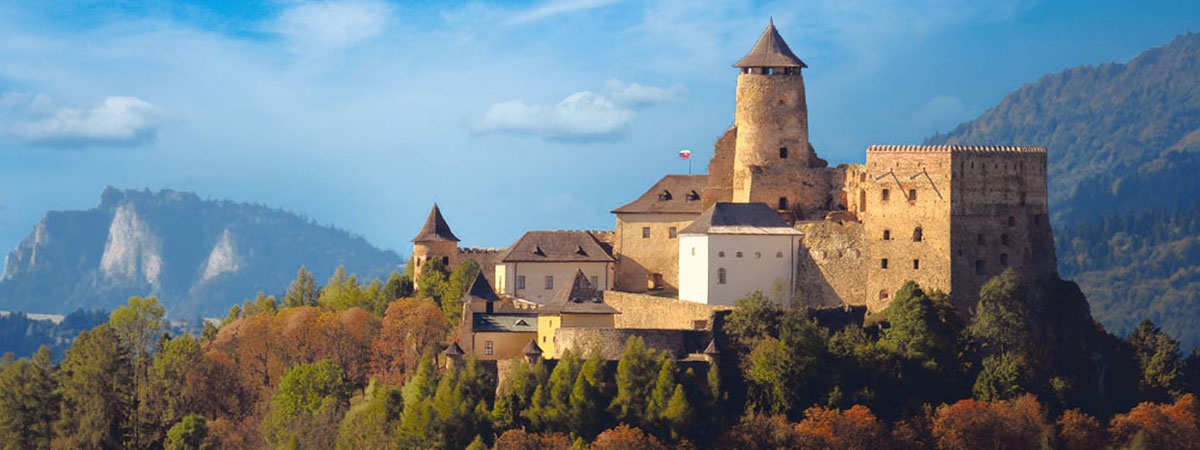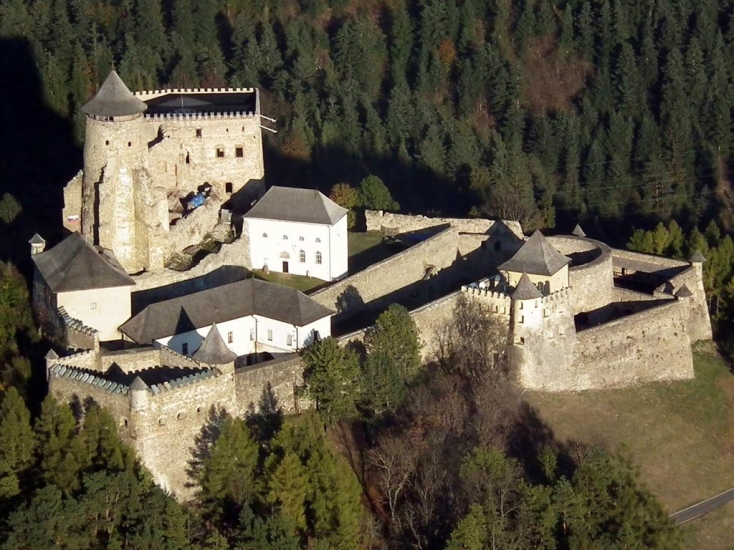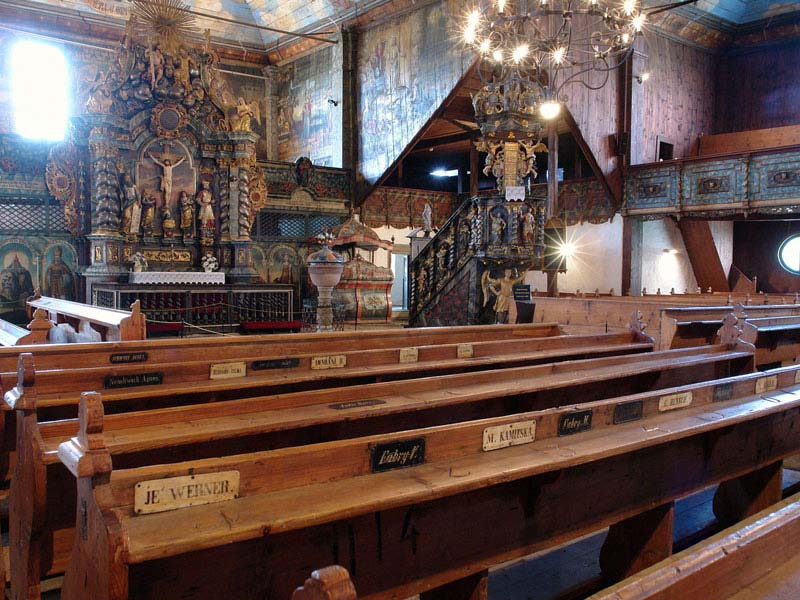Stará Ľubovňa Castle

Region: Prešov Region
District: Stará Ľubovňa
City / Municipality: Stará Ľubovňa
Mountains:Ľubovnianska vrchovina
District: Stará Ľubovňa
City / Municipality: Stará Ľubovňa
Mountains:Ľubovnianska vrchovina
In 1312 the castle was occupied by army of Hungarian king Karol Róbert. In years 1323 - 1342 was Ľubovňa castle owned by the family Drugeth.
In 1412 the King of Hungary and the Roman Emperor Zigmund Luxemburski signed a peace treaty with the Polish king Vladislav II. Jagiełło at the Ľubovnian Castle. The peace treaty was the culmination of the negotiations that took place at the Stara Ľubovňa Castle. At this meeting a peace treaty and a loan agreement were signed. Vladislav II gave a loan to Zigmund Luxemburski, known as Spiš (Scepus) deposit. The loan was legally secured by deposit of the territory (34 towns and municipalities in Spiš region). The deposit also included Stará Ľubovňa Castle, which became the center of the territory. The deposit was annulled in 1772 by the Hungarian emperor Maria Terézia. Spiš towns and municipalities, also the Stará Ľubovňa Castle, were returned to Kingdom of Hungary.
In 1553 a there was a fire in the castle. The Polish King Zigmund ordered it's restoration, during which the castle turned into a great Renaissance fortress. Italian architect Anton Italicus built at that time most modern western bastion. Next major reconstruction of the castle under the guidance of the Viennese architect Pochsberger took place in the middle of 17th century. A new entrance gate, eastern bastion, early-baroque palace and a chapel were built. Repair works at the castle were done in the middle of 18th century under the guidance of Italian architect Francesco Placidi.
In the years 1655 - 1661, Polish crown jewels were hidden in the castle during Sweden - Polish War. They were transported from Krakow's Wawel Castle. Jewels and documents were hidden in the castle until 1661, then were returned to Poland. Ľubovňa museum gives credibility to produce copies of the Polish crown jewels for exposure purposes in year 2010.
In 1768, the most famous prisoner of the castle - Móric Beňovský was imprisoned in the castle. Móric Beňovský was Slovak adventurer, traveler, explorer, colonizer, writer, king of Madagascar, French army colonel, commander of the Polish army and Austrian soldier. He was the first European who sailed in the North Pacific Ocean (seven years before James Cook and de La Pérous).
In the years 1825-1945 the castle was owned by the families Raisz (1825-1880) and Zamoyski (1882-1945).
In 1966, thanks to Andrej Čepiššák, a museum was established on the castle. Collector and carvers Andrej Čepiššák was the initiator of the castle restoration and founder of the museum.
































